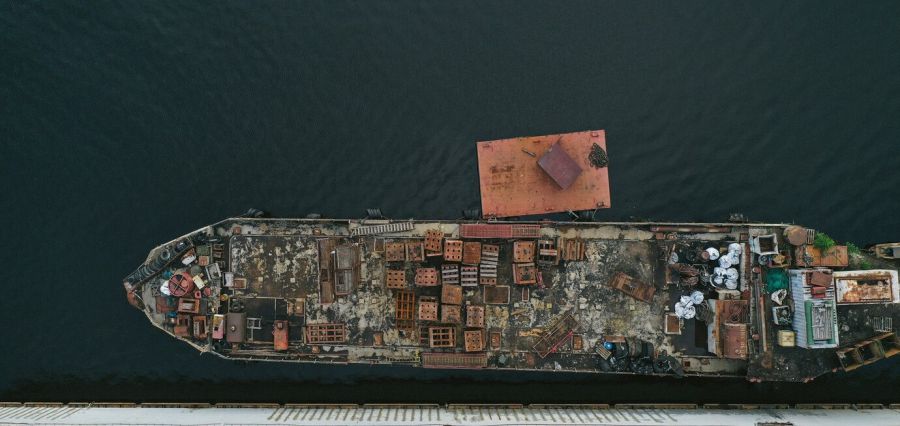Barges are essential for moving heavy and bulky goods along rivers, canals, and coastlines. Barge accidents are less publicized than other maritime incidents but are a significant concern in the shipping and transportation industry.
A report from the Port of New Orleans (Port NOLA) states that over 20,000 containers were transported via barges in the year 2023. With such a high volume of cargo comes the increased risk of barge accidents.
These accidents usually lead to injuries, some of which are serious enough to completely change the victim’s life. For situations like this, you need the services of the top barge injury attorneys in New Orleans. Their expertise makes them the perfect party to fight for your rights and get you the compensation you deserve.
This article discusses some reasons why barges are involved in accidents. Read on!
1. Human Error
Human error is one of the leading causes of barge accidents. This category encompasses many issues, from poor decision-making to inadequate training and fatigue.
Barge operations often require crew members to work long hours in challenging conditions, which can lead to exhaustion. Fatigued crew members are more likely to make mistakes, such as misjudging distances and failing to secure cargo properly.
2. Mechanical Failures
Mechanical failures are another significant contributor to barge accidents. Barges and associated equipment, such as towboats and cranes, are subject to wear and tear over time.
These vessels can experience breakdowns if not properly maintained, leading to accidents. Common mechanical issues include engine failures, steering malfunctions, and problems with the hull or propulsion systems.
Regular maintenance and inspections ensure all equipment is in good working order. However, maintenance may need to be addressed in some cases due to cost-cutting measures, time constraints, or oversight.
3. Environmental Factors
Environmental conditions play a significant role in barge accidents. Rivers and coastal areas can be unpredictable, with changes in weather, water levels, and currents posing challenges.
Poor visibility due to fog, heavy rain, or darkness can make it difficult for barge operators to see obstacles or other vessels.
These factors increase the risk of collisions.
4. Improper Cargo Loading and Securing
Another common cause of barge accidents is the improper loading and securing of cargo. Barges often carry heavy and oversized loads, such as construction materials, machinery, and bulk goods.
If the cargo is not loaded correctly, it can shift during transit, leading to a loss of stability. Inadequate securing can allow the cargo to move or fall overboard.
This creates hazards for the barge and other vessels in the area.
5. Collisions and Groundings
Collisions and groundings are frequent types of accidents involving barges. These incidents can occur for various reasons, including navigational errors, mechanical failures, and environmental conditions.
Collisions may involve other vessels, bridges, docks, or underwater obstacles, leading to significant damage.
Groundings happen when a barge runs aground on a shoal, sandbar, or other submerged obstruction. This can occur if the barge’s draft is too deep for the waterway.
6. Inadequate Regulation and Oversight
While there are regulations in place to govern barge operations, inadequate enforcement or oversight can contribute to accidents. In some cases, operators may cut corners to save time or money.
Regulatory agencies, such as the U.S. Coast Guard, are crucial in ensuring the safety of barge operations.
Conclusion
Barge accidents are a complex issue with multiple contributing factors. By understanding why barge accidents happen, stakeholders in the maritime industry can take proactive steps to reduce the frequency and severity of these incidents.









